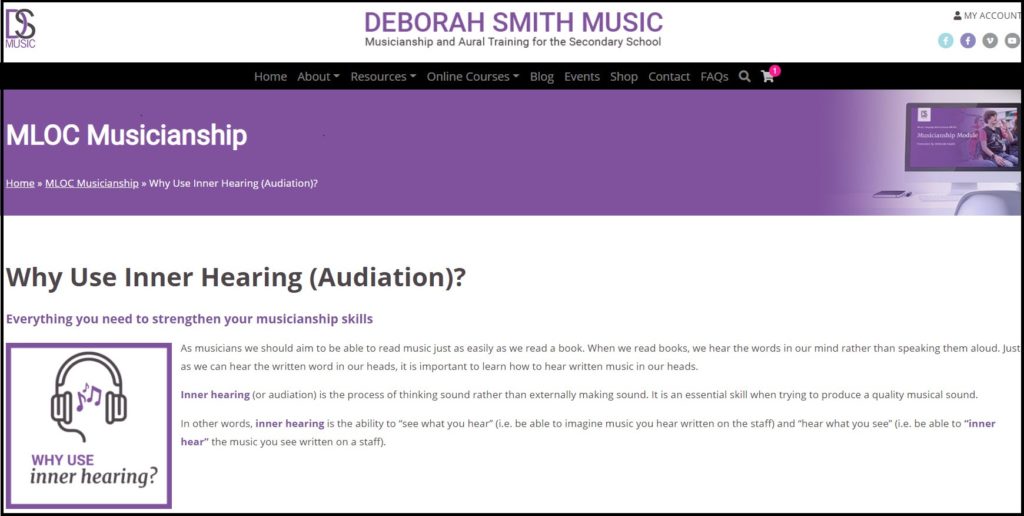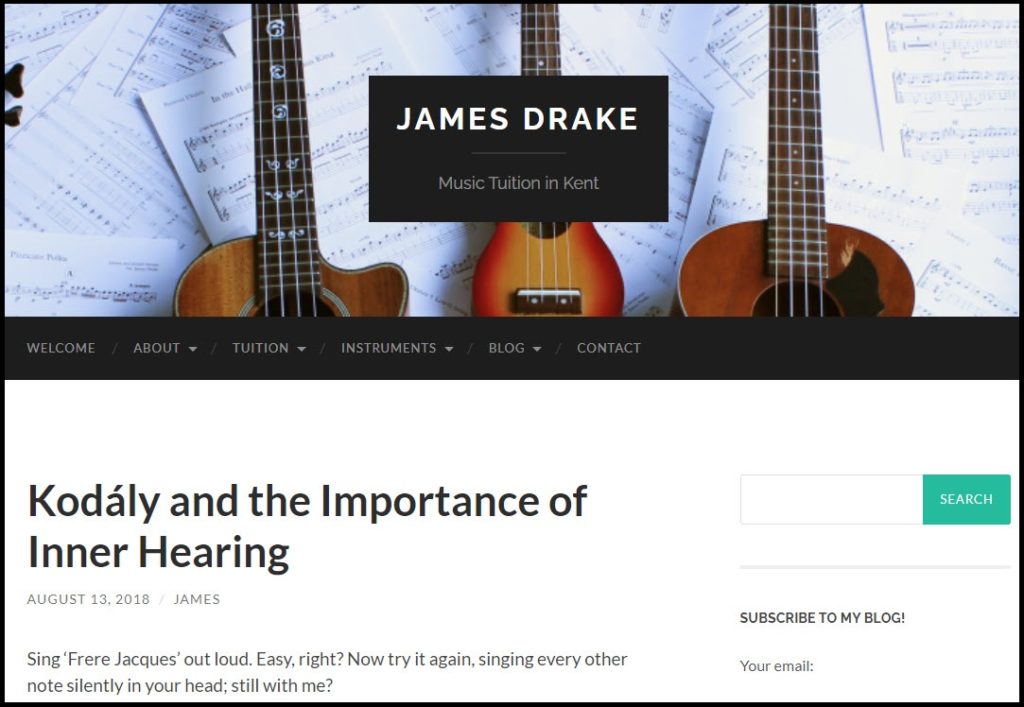Inner hearing is the process of thinking sound rather than externally making sound. It is difficult for a musician to produce a quality musical sound without first thinking that sound. This skill is demanded in aural tests requiring that all ‘workings out’ are completed in a student’s inner hearing (for example, you cannot hum or sing out loud during a VCE Aural and Written Exam!)
How does a student KNOW if they are playing in tune? Especially if no one else is playing the same notes with them at the same time? How does a composer/song writer know how music they are creating will sound if they do not have a fancy music software program, instrument or the ensemble or group they are composing for with them at all times?
By the time Beethoven wrote his 9th Symphony he was completely deaf – so how did he know what he was writing would sound like?
Zoltan Kodály said that “We should read music in the same way that an educated adult will read a book: in silence but imagining the sound.”
This is what we mean when say “inner hearing”.
This article explains more about what inner hearing is and how to use it in your music literacy lessons:

And this is another great read specifically about Kodály teaching and the Importance of Inner Hearing:

There are MANY other tools I use to ensure my students are fully musically literate such as the handsigns that go with the tonic solfa notes, conducting (functional beat), composing and so on but of all of them Inner Hearing is definitely up the very top!

